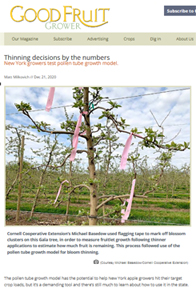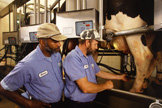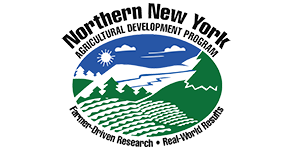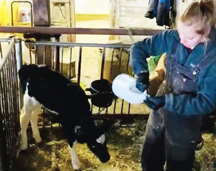 Please see this article by Good Fruit Grower Magazine Associate Editor Matt Milkovich who interviewed project leader Michael Basedow about the NNYADP research on the value of apple thinning research and best practices.
Please see this article by Good Fruit Grower Magazine Associate Editor Matt Milkovich who interviewed project leader Michael Basedow about the NNYADP research on the value of apple thinning research and best practices.
For more information and NNYADP apple research project reports, please see the Research: Horticultural and Local Foods Research tab at www.nnyagdev.org.

 Funding for the Northern New York Agricultural Development Program is supported by the New York State Legislature and administered by the New York State Department of Agriculture and Markets.
Funding for the Northern New York Agricultural Development Program is supported by the New York State Legislature and administered by the New York State Department of Agriculture and Markets.

